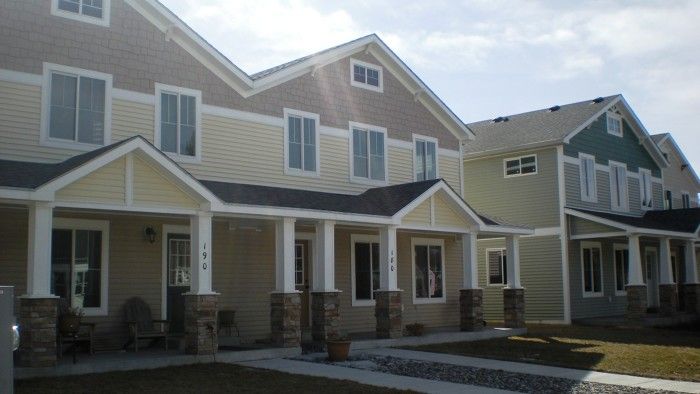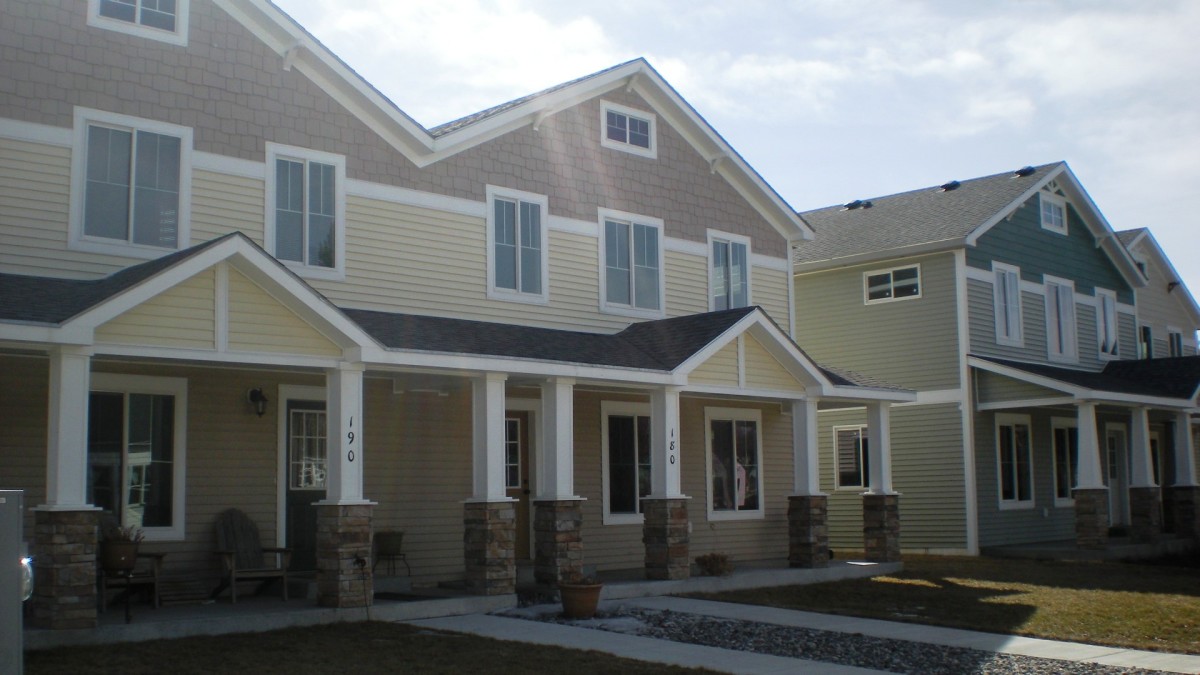
Many of us came into the construction business hoping to, and then often becoming successful home builders. There’s nothing more thrilling than building your first house, except maybe having your first child. And this may be one reason the recent real estate crash has done more than devastate the industry financially, but also emotionally. This became palpable at the International Builder’s Show in the years following 2008-the walking wounded strolled through the convention center quietly, doleful. So many of us home builders witnessed our egos and dreams die along with the sales of single-family homes. But not to worry, as one wise and recession-toughed home building veteran once told me, “I just go out and find a new niche, and then get a new ego to go along with it.”
So we begin a new miniseries on niches that appear to work well today.
This first installment represents an easy fork in the road for an experience home builder, the move into small multifamily construction. There’s no doubt this sector has recovered and rebounded. While real estate statistics for single-family homes show signs of a mild recovery, the multifamily business is booming. Nowadays it’s unusual to find occupancies under 95%. Lenders are vying for more apartment mortgages, and rental rates keep rising. It’s the good old days again for landlords.
I began building and rehabilitating a couple of small apartment buildings or duplexes in the 1992. I did it as a retirement plan, but I also sold buildings. And when the recession hit, this portfolio became what fed, clothed, and housed me for about two years. It was my safety net, even if this was not my original intention. The reason for this: apartments provide cash flow. This makes apartments very different from single-family homes, even while they are similar to build.
For one, the value of income property is derived from the rents, not its curb appeal or other intangibles. Now that occupancy has skyrocketed, rents have trended higher, and banks have put out the welcome mat for multifamily lending. While most people invest in multifamily for the long term, you can also build it for sale. Spec apartment building involves finding a vacant lot with the requisite zoning, or a building to convert into dwelling units, completing construction, filing the building with tenants, and then placing a for-sale sign in the front yard. While you wait for a buyer, the mortgage is paid by your tenants. Once you find a buyer, the negotiations involve a calculator instead of a virtual chessboard of real-estate brinkmanship. The value of your building is based on a limited range of return on investment (ROI), right now in the 6-to-8% range.
The transition from single-family to small multifamily builder presents fewer challenges than from home builder to remodeler. You use the same designers, the same subs, and even the same mindset.
By small multifamily I mean two to four dwelling units in a building. As soon as you go to five and more dwelling units, you’ve stepped over a thorny line. You cross from residential to commercial code; you’ll need an architect’s stamp on your plans; your city may require a commercial contractor’s license to build; and most banks regard five or more units as a commercial mortgage, requiring stricter underwriting, and higher interest rates and fees.
Construction-wise, the challenge when building even small multifamily comes with required fire-barrier separations between units. If you’ve built a house with an attached garage, you know you need 5/8-in., type-X drywall on walls and ceilings directly adjacent to any dwelling area. Fire barrier codes are little stricter when it comes to apartments, but similar to what you’ve already encountered.
The biggest challenge comes with finding a site. Since new subdivisions generally do not provide land zoned for small apartments, but only for detached and attached single-family houses, you generally have to look for lots within the older urban district. This is called “infill” construction and poses some unique challenges in site access and construction staging, as well as utility connections to older service lines, and, in some districts, historical or neighborhood design standards. You can see this as a hassle, or an opportunity to add something of value to the community. If you rise to the challenge of meeting or even exceeding the local design codes, your buildings will be attractive to tenants and easier to sell-even when the value of your multifamily building derives from rents and not esthetics, people are still willing to pay more for something better looking.
Fine Homebuilding Recommended Products
Fine Homebuilding receives a commission for items purchased through links on this site, including Amazon Associates and other affiliate advertising programs.

Reliable Crimp Connectors

Affordable IR Camera

8067 All-Weather Flashing Tape

Small scale multi-unit buildings, from two to four dwellings, may represent a way to jump-start your construction business.



























View Comments
Once again, Fernando, real good information, especially for young builders. Like yourself, I was fortunate to get into multi-family units early. I built my first new small multi-family about 36 years ago. I built it in stages and entirely from savings, without a loan, paying as I went in sweat equity and spare cash.
Just the other day I figured out that over the years it has earned me, in rents and appreciation over two million dollars (inflation adjusted to 2012 dollars). It has paid every nickel of my family's basic living expenses. Thereby, it has, in effect, rendered the net operating income from my construction operations and writing into "free cash flow," available for other investment or to support non-profit ventures and fun. And, by the way, I have rented (very carefully) to a lot of great people. To this day I enjoy being a landlord who provides a good home at a fair price. Hopefully, this little tale helps inspire some young builder to create similar good luck for himself.
Please keep your wonderful blogs flowing.
-- David Gerstel --
Great Article. Thank you for posting this. You might be interested in checking out fine luxury homes by Brejnik Fine Homes(www.brejnik.ca). They build fine luxury houses. Brejnik team consists of qualified and trusted: Architects, Interior Designers, Appraisers / Lenders, Trades & Suppliers, Geo-technical engineers, Structural Engineers, Arborists, Landscape Architects, Pool & Water Feature.